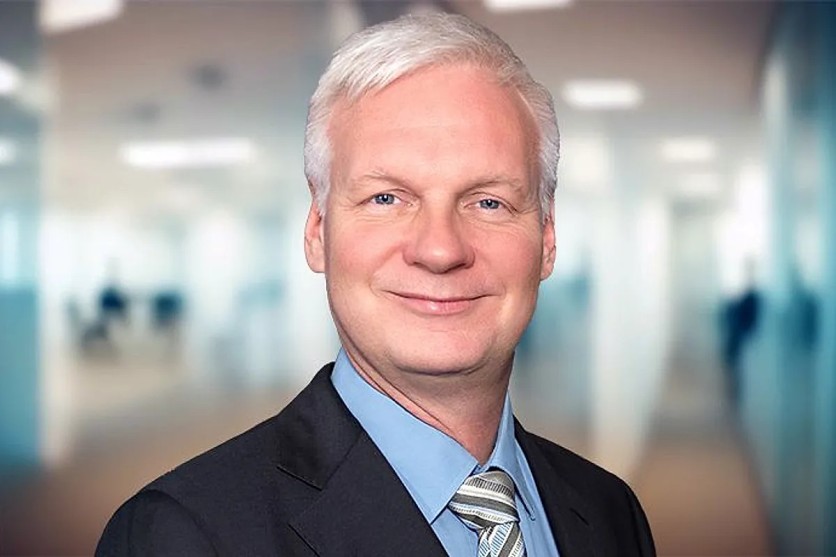
Quantum computers are seen as the great hope of the technology industry. Yet development has stalled in an unexpected area: materials. Traditional semiconductors can no longer meet the necessary requirements. As a result, research is turning its attention to a previously little-known precious metal—osmium. Its quantum properties make it highly interesting for technology, and the growing attention from industry is now also drawing the interest of tangible asset investors.
1. Quantum Computers Need New Materials
Traditional semiconductor technology is reaching its physical limits—at structure sizes of three nanometers, effects increasingly occur that disrupt conventional transistors. Quantum computers are the next step. They operate with so-called qubits, which can represent multiple states simultaneously. This allows even highly complex calculations to be performed extremely quickly—for example, in drug development, materials research, or the optimization of global supply chains.
Building such systems requires materials with special properties. Osmium offers exceptional characteristics in spin-orbit coupling. In its purified form—known as HighTechReady Osmium (HTR-Osmium)—it meets the demanding requirements of quantum physics. This makes it a potential successor to silicon, with strong future potential.
Europe—and Germany in particular—is investing heavily in quantum technologies. McKinsey's "Quantum Technology Monitor 2025" predicts a global market volume of up to 97 billion US dollars by 2035. The industry is moving beyond the research stage and rapidly evolving toward real-world applications.
2. HTR-Osmium: From the Laboratory to Practical Use
Before osmium can be used in high-tech applications, it must undergo an elaborate purification process. Specifically, defined elements must be almost completely removed. During this process, crystalline osmium is transformed into HTR-Osmium—a fine powder of very high purity. Only in this form is it suitable for use in quantum computers, military technology, or medical engineering. The purification process is complex but essential for industrial usability.
HTR-Osmium is valued at 50 percent of the current market price of crystalline osmium. Prices are transparently listed on the website [www.osmium-preis.com](http://www.osmium-preis.com). The remaining 50 percent of the value stems from crystallization when the raw material is refined for the jewelry market. This creates a second exit market for tangible asset investors.
3. High-Tech Instead of Jewelry: Osmium as a Material of the Future
While gold and silver shine primarily in the jewelry and watch industries, osmium also enables new technological applications. It could soon become indispensable for several key technologies.
One exciting area of use is artificial photosynthesis. Researchers at Japan's Tokyo Tech have developed a process in which an osmium complex acts as a photosensitizer. This complex can absorb light across a broad spectrum—including at the edges of the visible range—and thereby enables the conversion of the climate-damaging gas carbon dioxide into an industrially useful base material. The special feature: the osmium complex remains unusually stable in its excited state, allowing for efficient electron transfer. Again, the high purity of the material is crucial.
4. A Tangible Asset with Substance
Demand from research and industry continues to grow steadily. For investors focused on tangible assets, this creates a new investment field—at the intersection of raw material security and future technology.
HTR-Osmium is not, and will never be, a mass product. Global availability is limited, industrial demand is rising, and price increases are therefore highly likely. This makes the naturally bluish-shimmering precious metal a potentially stable-value tangible asset with long-term prospects. Especially for investors who prefer physical assets with a technological connection, this presents a rare opportunity. The combination of limited availability, growing industrial demand, and scientific relevance makes HTR-Osmium a material with a future.
Those who invest in HTR-Osmium now are positioning themselves early in an emerging market. Storage in the high-security vault in Murnau provides additional protection. For many tangible asset investors, the precious metal is still an insider tip—but that could soon change. Ingo Wolf, scientific director of the German Osmium Institute and the world's leading expert on the metal, puts it succinctly: "With a second exit into additional markets, osmium is becoming increasingly important as a raw material for tangible asset investors."
ⓒ 2025 TECHTIMES.com All rights reserved. Do not reproduce without permission.





